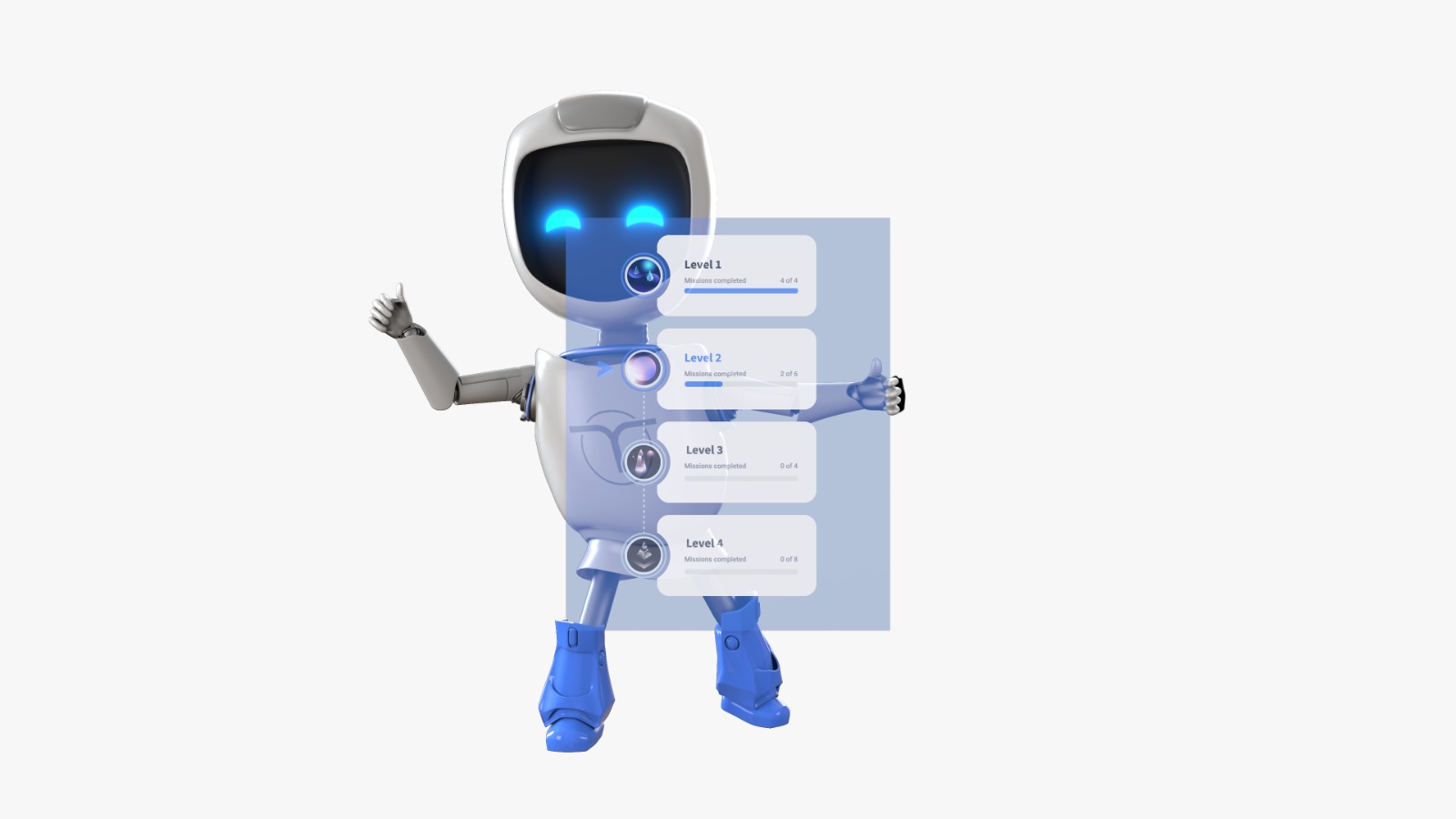A strong L&D strategy is vital for any growing enterprise. You want your team to offer their best to the business, but they can only do that with the right learning and developmental support from the upper management of the company. Thankfully, with the rise of e-learning software, it’s easier than ever to build the right L&D strategy.
However, the way in which hybrid work has now become the norm means that building the right L&D strategy is more challenging than ever. You need to find ways to create training strategies that work for people working in the office, as well as people who are working from home.
We’re going to talk today about what you can do to create the right L&D strategy while keeping in mind the needs that arise as a result of a new hybrid way of working. So read on to find out more about microlearning strategies.
A Focus on Productivity and Wellbeing
Finding a way to focus your L&D strategy on individual working patterns and how to remain productive is a good idea when dealing with the new hybrid work format. Productivity levels have been shown to drag when people are working from home and don’t have the direct oversight that comes with the office environment.
As well as looking at productivity training exercises, you should also place a focus on wellbeing. This is something that many businesses find important and its wellbeing and healthy practices in the workplace have really shot up the agenda in recent times.
Every business owes a duty of care to its employees, and it’s important not to overlook this just because more of your staff members are working from home. It’s too easy to take out of sight, out of mind mentality but that’s something that can be very damaging. That’s why you should take wellbeing and health into account when training your team and managing them from day to day.
Strong Coaching from Managers Will Help Onboarding New Recruits
Good management and strong oversight is really important when delivering training and completing day-to-day tasks in a hybrid work format. People need that extra communication and they need to be made to feel part of the team. That’s something that can start to suffer when people are working from home.
The training and learning resources you provide to new recruits will be really important here as well. You want to make sure that new staff members are onboarded and made to feel at home early on. And that can be tough to do when everyone is working remotely.
Onboarding can be tough at the best of times, but with the help of strong coaching from the management team, there’s no reason why your newest staff members can’t be given the introduction they need. The learning just has to be configured for in-person and remote delivery, depending on the situation of each individual recruit.
Microlearning Strategies
If you’ve never explored microlearning before, that’s something that should change sooner rather than later. Microlearning is valuable as it enables staff members to gain education and learning experiences in small bites, allowing for constant learning and progress over time on the job.
There’s e-learning software that can help to deliver these training experiences directly to staff. And the great thing about it is it can be completed by the individual remotely. And you can then follow up in person, or vice versa. It offers the kind of L&D flexibility you’re looking for when operating a hybrid work format.
Microlearning is also useful because of how it can be personalized and tailored to the individual learner’s needs. And if you’re not sure how to make that happen, you only need to turn to companies like Code of Talent who can offer these services and deliver them to your staff for you.
Digital Collaboration
One of the biggest challenges you’ll face when you have a team of people working from home is digital collaboration. Having everyone working together as a unit and pulling in the same direction can be tough to orchestrate. And that’s why it should certainly be a part of your L&D strategy.
Helping your team to work effectively as a unit despite the physical distance that’s between them will be vital for the smooth running of the business going forward. Knowing how to convey ideas through presentations and understanding how to work as part of a remote team are two things you should try to work on.
Putting the right software and technical solutions in place that will enable your team members to work together with one another smoothly will certainly be important, so don’t forget to plan for that. You don’t want digital collaboration to be hampered by a lack of software solutions or a bad approach to tech.
Discussion-Based Learning
Discussion-based learning is something that your team should try to work on and get better at. Engagement is something that you’ll quickly find is important and sometimes hard to come by when your team members are working from home. And that’s why active discussions can be so useful.
Asking people to learn and complete training by simply sitting at a computer in a solitary way often doesn’t work. And that’s because they’re not really engaged; they’re bored or they’re distracted by the other tabs open on their computer screen. Finding a way of engaging them is, therefore, very important.
Discussion-based learning helps because it ensures that people are engaging in the learning process. They’re having to play an active role, and they have to communicate ideas and learn via that interaction. None of that happens when they’re completing learning or training processes in a solitary manner. So find ways to introduce this kind of learning into your L&D strategy.





